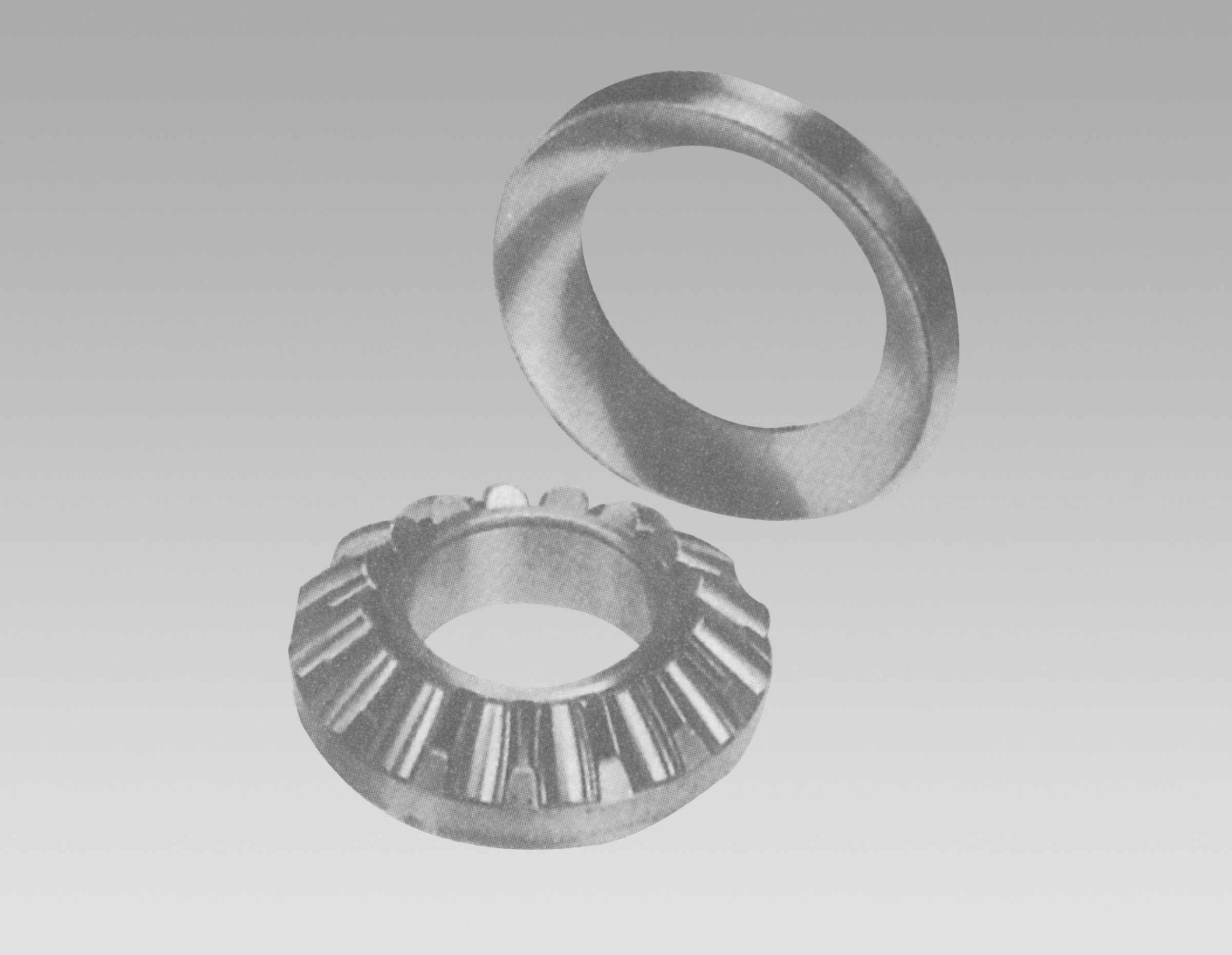
Nov . 11, 2024 08:59 Back to list
cylindrical roller bearing used for
Understanding Cylindrical Roller Bearings Applications and Benefits
Cylindrical roller bearings are essential components in various industrial applications, known for their capacity to handle heavy radial loads and their ability to withstand high speeds. These bearings consist of cylindrical rolling elements that provide greater contact with the raceway surfaces compared to traditional ball bearings. This design results in enhanced load-carrying capability, lower friction, and improved operational efficiency.
Structure and Design
The basic structure of cylindrical roller bearings includes inner and outer rings, a cage, and cylindrical rollers. The rollers are positioned between the inner and outer rings, allowing for smooth rotation. The design may vary, with options such as single-row, double-row, or multiple-row configurations depending on the specific load requirements and space constraints of the application.
The raceways—in which the rollers rotate—are typically designed with guiding ribs. These ribs help maintain the axial position of the rollers, preventing them from drifting and enhancing stability. Furthermore, cylindrical roller bearings can be equipped with seals or shields, protecting them from contaminants such as dust and moisture, which can negatively impact performance and longevity.
Applications
Cylindrical roller bearings are widely used in a variety of sectors due to their robust design and superior performance characteristics. Some key applications include
1. Automotive Industry In vehicles, cylindrical roller bearings are found in applications such as transmissions, drive shafts, and wheel hubs. They help manage the significant loads and speeds encountered in automotive systems.
2. Industrial Machinery These bearings are crucial in heavy machinery, particularly in industries like mining, construction, and manufacturing. They are used in gearboxes, motors, and other equipment where high radial loads are present.
cylindrical roller bearing used for

3. Aerospace The aerospace industry relies on cylindrical roller bearings for their strength-to-weight ratio and ability to handle substantial forces while minimizing friction. They are found in aircraft engines, landing gear, and various structural components.
4. Railways In railway applications, cylindrical roller bearings ensure smooth wheel operation and stability under heavy loads. They are essential for both freight and passenger trains, contributing to overall safety and efficiency.
5. Energy Sector Wind turbines and hydroelectric generators utilize cylindrical roller bearings to support rotor assemblies and drive mechanisms, allowing for reliable and efficient energy generation.
Advantages
The advantages of cylindrical roller bearings over other types of bearings are numerous. Firstly, their design permits higher radial load capacity, making them ideal for applications that experience heavy loads. Secondly, their lower friction compared to ball bearings translates into enhanced efficiency, which is particularly important in energy-conscious operations.
Moreover, cylindrical roller bearings typically have a longer service life due to their ability to distribute stress more evenly across the rolling elements. This reduces wear and extends maintenance intervals, significantly lowering operational costs.
Additionally, the modular design of cylindrical roller bearings allows for easy replacement and maintenance, essential in environments where uptime is critical. Customization options also enable manufacturers to tailor specifications—such as size, cage design, and materials—to meet the unique demands of specific applications.
Conclusion
Cylindrical roller bearings are fundamental components that play a pivotal role in the functionality and reliability of numerous mechanical systems. Their robust design allows for exceptional load handling and durability, making them suitable for demanding environments across various industries. As technology progresses, the development of advanced materials and manufacturing techniques will continue to enhance the performance characteristics of cylindrical roller bearings, ensuring they remain integral to modern engineering applications. Understanding their capabilities and applications will enable engineers and manufacturers to make informed decisions, optimizing performance and efficiency in their operations.
Latest news
-
Premium Deep Groove Ball Bearings | High Speed & Reliability
NewsAug.29,2025
-
Durable Scaffolding Clamps - Secure & Reliable Tube Connectors
NewsAug.28,2025
-
Common Failures in Thrust Ball Bearings and Solutions
NewsAug.22,2025
-
How Tapered Roller Bearings Can Take Shock Loads
NewsAug.22,2025
-
Angular Bearings in High-Precision Spindles
NewsAug.22,2025
-
The Impact of Misalignment on Cylindrical Roller Bearing Performance
NewsAug.22,2025
